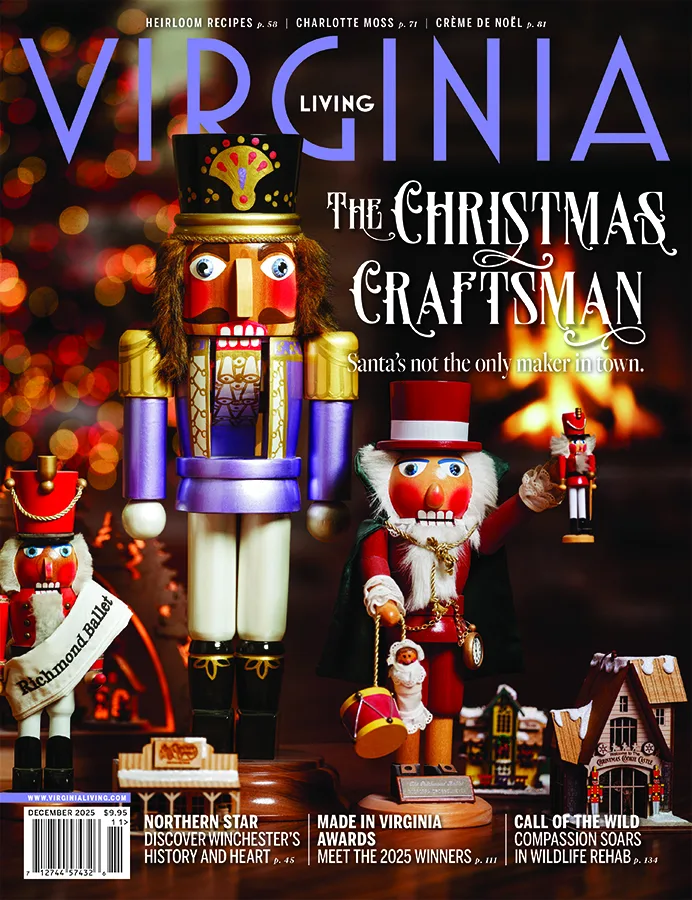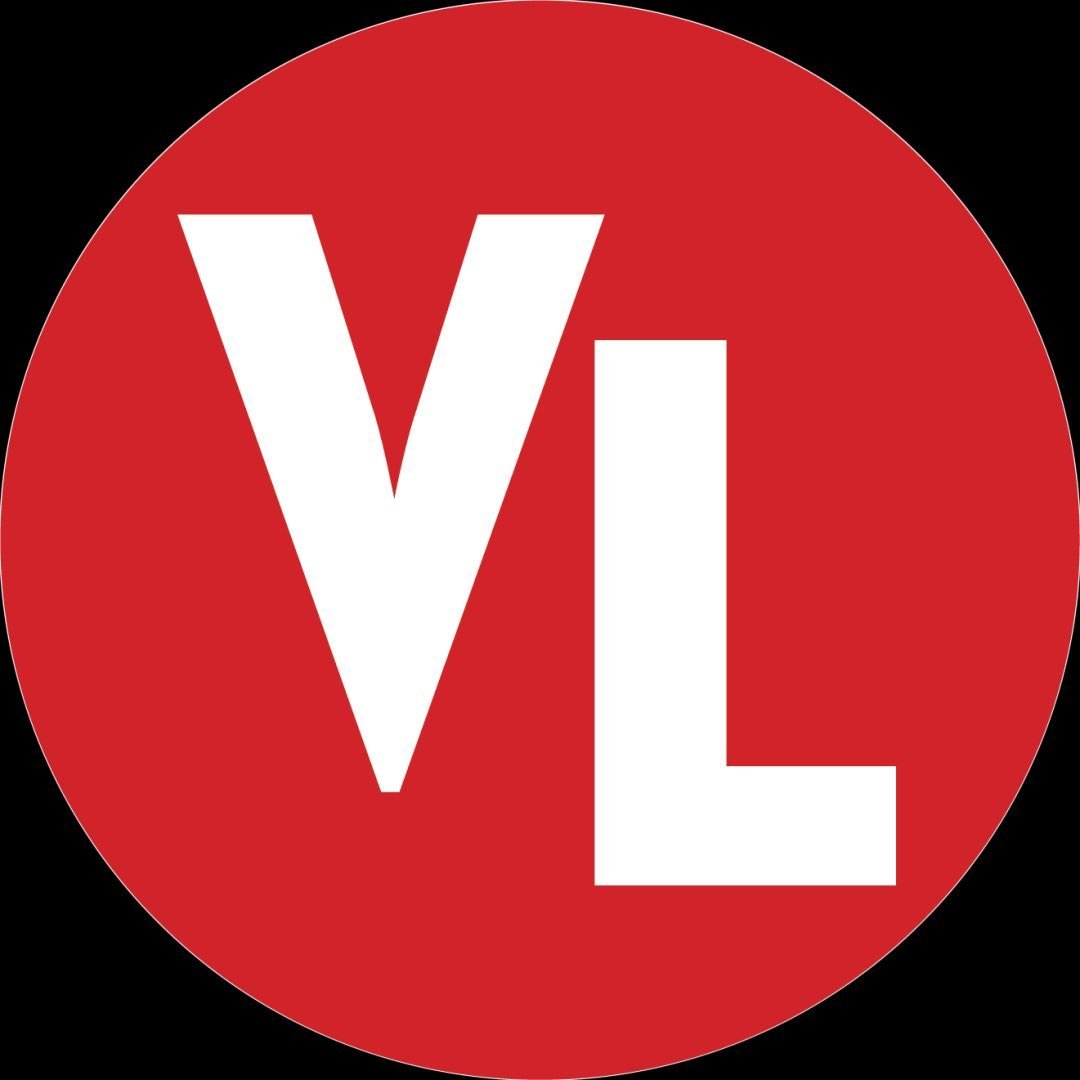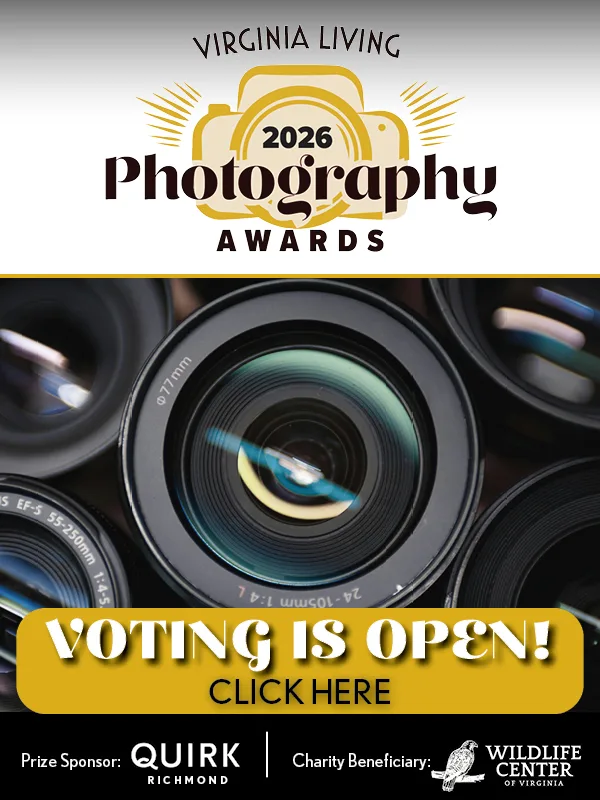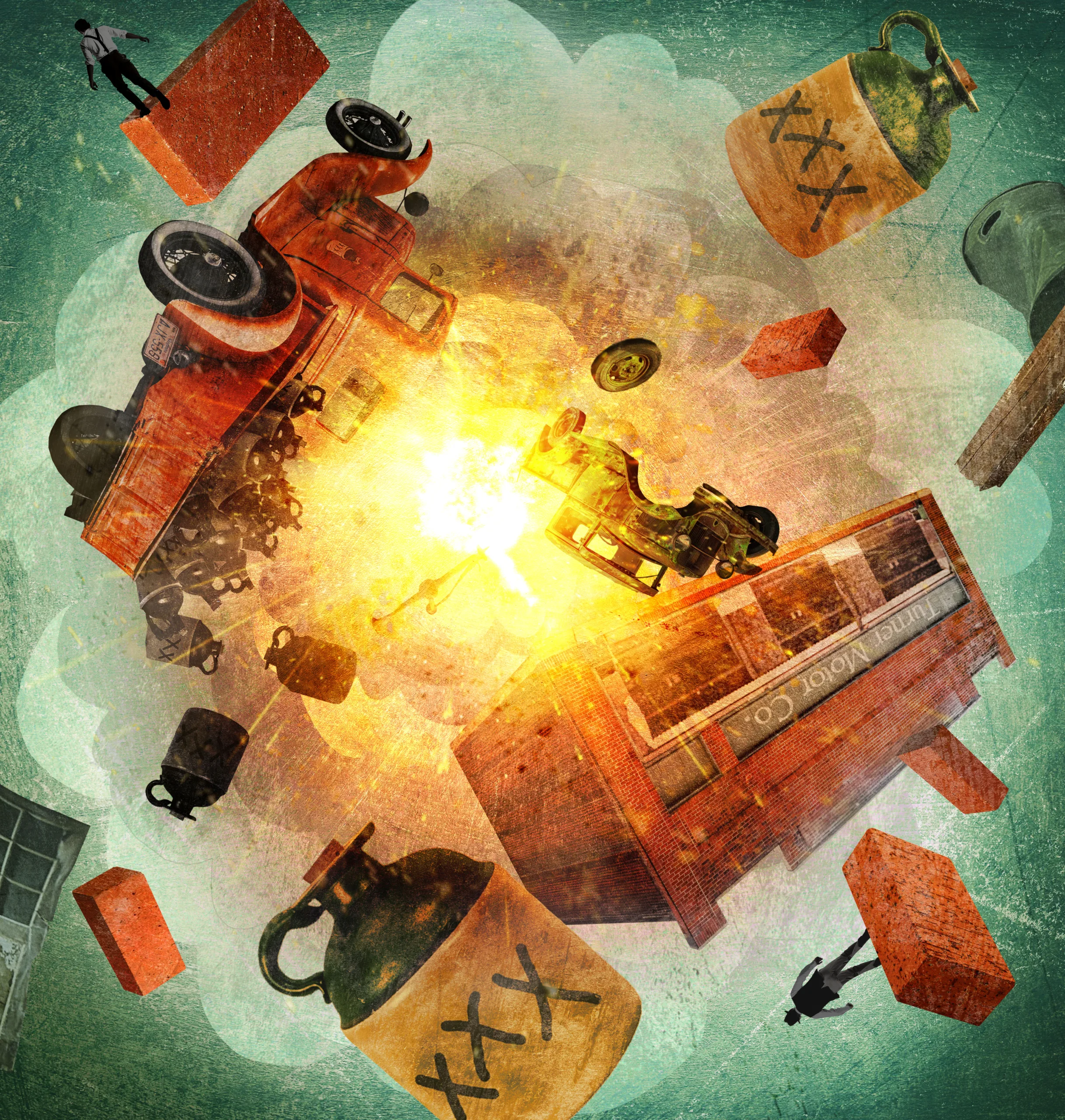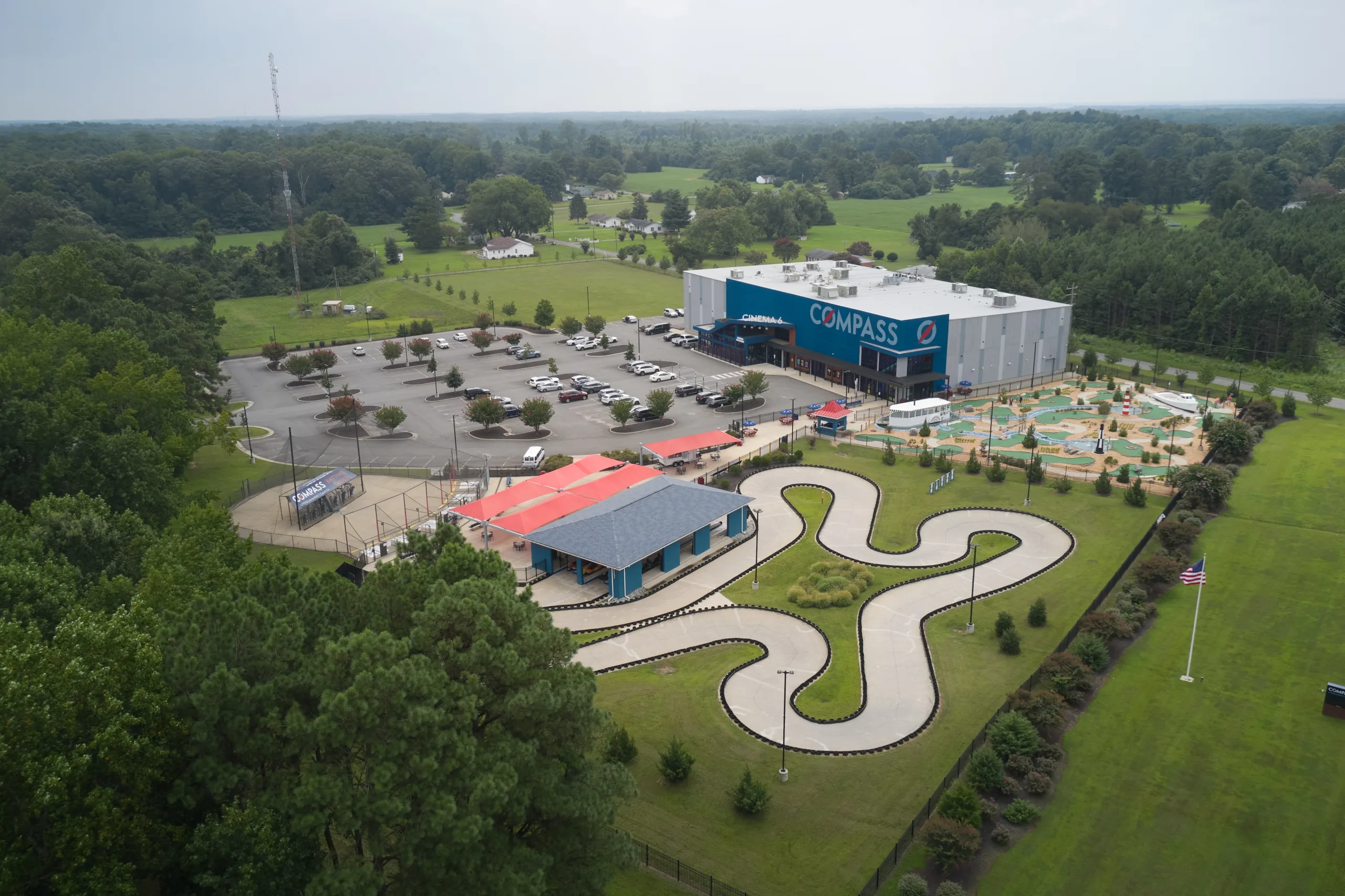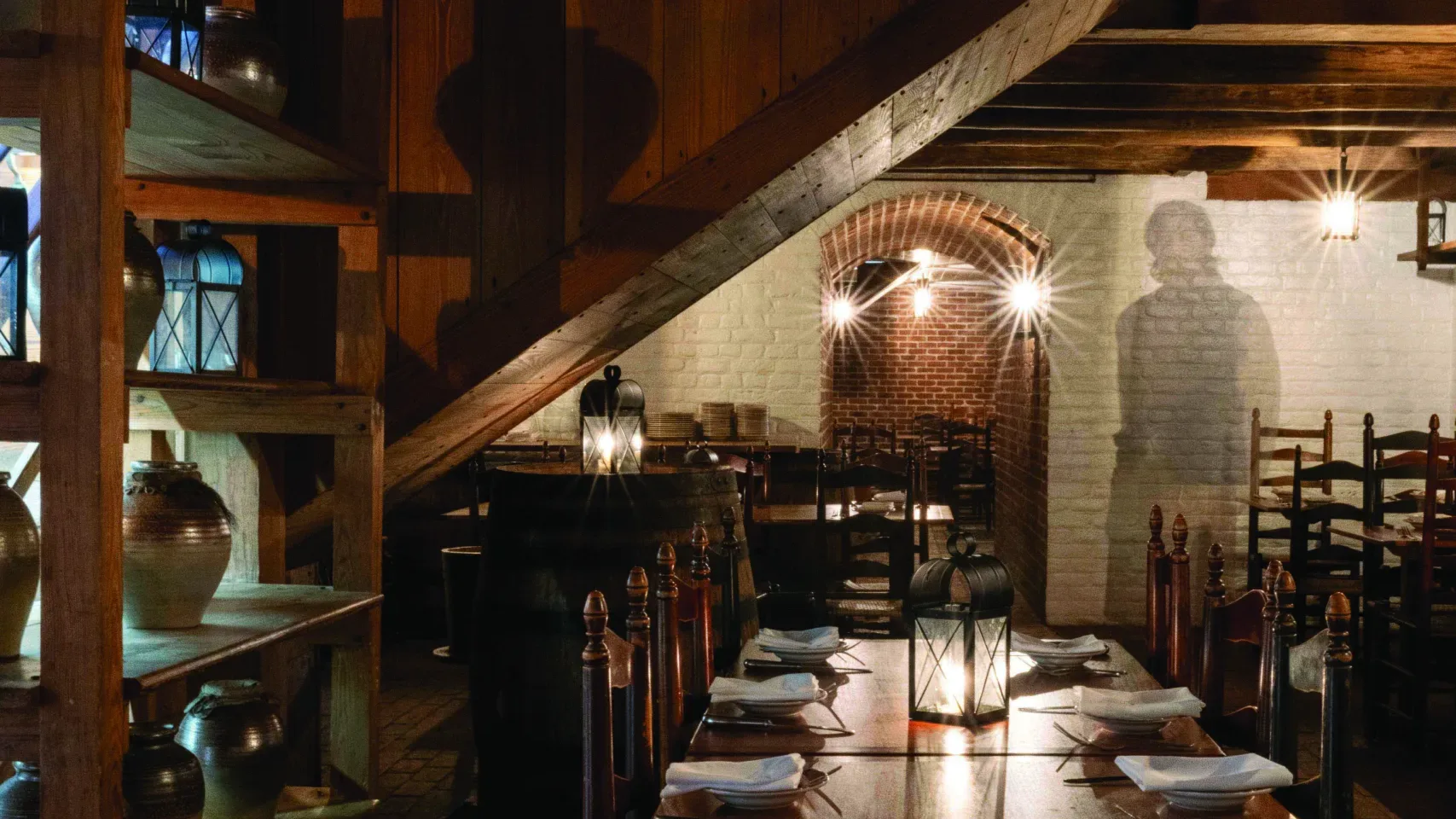Speed, agility and fearlessness are the hallmarks of the very physical, sometimes scrappy and always elegant sport of kings. a visit with the national championship-winning teams of Virginia Polo.

UVA players Vicky Friedrichs (left) and Colby O’Neil (right)

Julia Smith

Lou Lopez and son, L.J. Lopez

Eddie Lopez

UVA’s Todd Thurston in the lead

Great Meadow Club

Divot stomping at the Cadillac Cup

Tailgating at the Cadillac Cup
Suddenly I wonder if I should be nervous. There’s a Chestnut mare with a roached mane and knotted tail, wearing navy polo wraps (protective bandages) on all four legs, tacked up and waiting for me. Her name is Jalapeño—which brings to mind something fiery and hot—not qualities I typically look for in a horse. However, Jalapeño is a polo pony, and speed is what you need.
A young woman hands over the reins—all four of them—and a long-handled mallet and says, “You’ll love it!”
My instructor, Lou Lopez, 58, director and head coach of the intercollegiate varsity men’s, women’s and club teams at Virginia Polo, is waiting for me on a bay horse at the gates to the polo arena. He tells me to adjust my stirrups. Although I’m an equestrian and have spent much of my life riding and showing in the hunters, the tack is foreign to me. I’m familiar with the close contact-style saddle, but that’s where my familiarity ends. The stirrups are heavy steel, and the stirrup leathers are thick and unwieldy. The bridle has a gag bit, drop noseband, reins and draw reins, martingale and breastplate. It’s a lot of equipment, but it’s supposed to give the rider more control over the compact ponies.
Lopez, who has led the Cavs since 2003, smiles, “Playing polo is a completely different way of riding.”
Yes, it is. As I will find out, polo is physical. It can be scrappy, players shifting their centers of gravity in their saddles, standing and swinging the mallets, horses pivoting from their haunches and turning on a dime. But it is also beautiful. It is about speed, athleticism and strategy, and Virginia’s robust polo scene makes it one of the top five states in the U.S. for the sport. Of the nearly 5,000 members of the United States Polo Association (USPA), which include Canadian and foreign members, more than 200 are from Virginia (trailing only California, Texas, Florida and New York). The Old Dominion is also home to 10 polo clubs that offer lessons and host play for all skill levels and ages, and Lopez, a former pro and accomplished coach who has led Virginia Polo’s men to four national championships and its women to three, is the go-to guy to get the pulse of the sport.
There is no doubt that Virginia is a college polo powerhouse. From the rafters of the arena, which is about the size of an indoor soccer field and located five miles from the University of Virginia campus, hang 11 National Championship Title banners—earned between the members of the men’s and women’s varsity teams. Each squad has made 11 trips to the finals, each time finishing in the top three—most recently in 2013 when the women took home the championship. (In 2009 and 2012, both teams were national champions simultaneously.) Independent of the university, Virginia Polo receives only a small stipend from the UVA student activity fund, relying almost entirely on private funding from alumni, students and friends. (In addition to the varsity teams, the “Virginia Juniors,” a club team for high school students, calls the 75-acre farm with its 60 donated horses home.)
But, more than anything, says Lopez, “Virginia Polo is about teaching leadership and responsibility.”
As we walk, we talk, and Lopez, who is soft-spoken but quick with a smile and exudes a confident and kind-natured charisma, hits the small soccer-like polo ball, demonstrating for me the different shots. While I watch, a rider enters the arena at the far end and picks up a canter. A dark bay, the horse is all business. Like many performance horses, a successful polo pony knows its job. The rider swings her mallet and effortlessly hits the ball down the length of the arena, canters in a collected circle and solidly hits the ball again. (Every polo player, whether left-handed or right-handed, hits the ball with the right hand.) A college player, she makes it look effortless, almost like a dance.
Lopez positions the ball in front and to the side of Jalapeño’s right front leg. He shows me how to open the angle of my right toe and knee, point them toward the ball, shift my center of gravity to the right, grip with my left knee, pivot and swing the mallet parallel to the horse’s body. I swing and miss the ball completely.
Luckily, Jalapeño is not living up to her moniker. She is standing quietly. I try again and hit the dirt with enough force that the ball rolls a few inches.
Everybody knows that Rome wasn’t built in a day. Visions of myself dressed smartly in white pants, tall boots and colorful polo shirt, galloping down the field, hitting a small ball with speed and accuracy, seem a stretch at this point. However, as we progress to walking and hitting the ball, I begin to relax. I learn the off side (right side of the horse) forehand and backhand, the near side (left side of the horse) forehand and backhand and the neck shot. The challenge is not only hitting the ball but also not hitting the horse. Lopez explains that players must “follow the line” of the ball wherever it is hit to prevent collisions.
I have a newfound appreciation for everything about polo. To hit the ball is a feat of finesse, balance and coordination (not to mention partnership with the horse). And overall, it is a game that requires speed, physicality (the horses need to be “comfortable with contact”), accuracy, strategy and courage. Every player on the pitch is trying his or her best to beat you to the ball, all atop a 1,500-pound animal that can canter at speeds of more than 20 miles per hour and gallop up to 30 miles per hour. (Quarter horses are the fastest and have been clocked at speeds up to 55 miles per hour.)
By the end of my lesson, I haven’t cantered or even trotted, basic gaits for even novice riders, but I have discovered three important things: Polo is a precision sport; polo is incredibly fun; and I plan to try it again.
“It’s a sport that requires athleticism on behalf of the horses and the riders. It’s thrilling and fast and requires hand-eye coordination, and can be as beautiful as you make it,” says Virginia Polo coach Rob Rinehart, whose father, Rodger Rinehart, was instrumental in developing the program, founded in 1953. “When riding, you forget about the outside world.”
These are things that prove appealing to a wider group of people than I thought going into the day’s lesson. Previously, my idea of polo was formed entirely by watching matches from the comfort of a well-appointed tailgate party overlooking the long, flat green pitches where fancy ponies and professional and top amateur players made it all appear so easy, belying the intensity that is the heart of the sport.
I learn from Lopez, Rinehart, and Lopez’s 29-year-old son, L.J., (a former Virginia Polo captain in 2005 and 2006 and the third member of Virginia’s coaching staff) that polo is multi-dimensional—accessible to many types of players at all levels and ages. There is, however, one thing that unites them.
“You must have a passion for horses,” David Eldredge, 29-year head coach for Virginia’s biggest rival, Cornell, told me when the varsity teams faced off this spring. “No matter how long you play, you learn something new every day. It’s a life sport.” (In spite of Virginia’s solid lead throughout the match, Cornell won in a penalty shootout in the fourth chukker.) At the match, I also got to speak to umpire Robert Lyn-Kee-Chow of Aiken, South Carolina, who, like Lopez, played professionally. “There’s always a quest for that super horse that will make you feel so good and confident,” he explained. “The perfect polo pony runs like a racehorse, turns like a cutting horse and is quiet like a kid’s pony.”
There is a strong tradition of polo in Charlottesville, and one of the sport’s greatest proponents was the late Rodger Rinehart Jr., or “Big Rodger” as he was affectionately known. As the story goes, polo “found” Rodger in the mid-’50s when he began playing with the newly-formed Virginia Polo and Charlottesville Polo Club players. He fell in love with the sport, and when the club needed a new facility, he convinced Farmington Hunt Club (where he would be a Master of Foxhounds) to build walls around their ring for polo—thus, the era of Friday night polo was on, soon becoming a social highlight of the week.
By the early ’70s, once again, the polo club was in need of a facility. Big Rodger helped facilitate the donation of 25 acres (followed soon thereafter by an additional 50 acres), and in 1980, Virginia Polo moved operations to its current property. Big Rodger’s efforts also yielded the creation of a scholarship and endowment fund, which continue to make Virginia Polo one of the top polo facilities in the country.
For the Rineharts, a family of foxhunters, polo became a passion. Big Rodger’s son, Owen, now 55, and a Polo Hall of Fame player, was the first Virginian to be rated a 10-goal handicap. (He lives in Aiken, South Carolina, where he raises and develops high goal polo ponies.) In polo, players are rated from minus-two to 10. Each team’s handicap is the sum of the players’ handicaps. In an open tournament, teams play “on the flat,” meaning that no scoring advantage is given to the weaker team. In a handicap tournament, points are given to the lower-rated team based on the difference of handicaps between the two teams. For example, if a 16-goal (handicap) team plays against a 17-goal (handicap) team, then one point is awarded on the scoreboard for the 16-goal team at the start of the match. Earning a 10-goal handicap is the pinnacle of the sport, a rating reserved for an elite few. As Lyn-Kee-Chow says, “High goal polo is like the N.F.L.”
Another son, Rob Rinehart, 64, who is the current Virginia coach, served as chairman of the Virginia Polo Board of Directors for over a decade, and his daughter, Hollis, 22, currently plays on the club team.
“I love horses, and I like going fast,” he says. “It’s thrilling.”
The sport of polo has made quite a journey to arrive in Virginia. The game likely originated in China and Persia more than 2,000 years ago—the first recorded game took place in 600 BCE between the Turkomans and Persians. The name “polo” derives from Tibet’s Balti word “pholo” meaning “ball” or “ballgame.” By the 16th century, polo found its way to India. In the 1850s, British tea planters discovered the game being played in Manipur (Munipoor) on the Burmese border with India, and later founded the Calcutta Club in 1862, which is today the oldest polo club in the world.
Polo came to the U.S. in 1876 by way of Englishman James Gordon Bennett, and by the early 1900s, had spread across America as a result of the U.S. Army’s reliance on horses. (The handicap system that allows teams of varying skill levels to compete fairly against each other was developed by the U.S. in 1888 and adopted by England and India in 1910.)
Like most equestrian sports, polo is rooted in tradition. Perhaps the most widely known is the ceremonial stomping of the divots. During half-time of a match, spectators are invited onto the field to retrieve, replace and stomp—wingtips and heels optional—the disturbed turf back into place. Practical, yes, but the tradition is equally social. What other sport can say that it enlists its spectators in groundskeeping, albeit with cocktails in hand.
Tailgates—also de rigeur—are a feast for the eyes as well as the palate, often attended by well turned out match-goers sporting stylish hats and smart ensembles. Without a doubt, polo has a posh rep, but just as often, spectators arrive dressed in everything from pure prep to T-shirts and jeans.
And a word must be said about the tradition of referring to the horses as ponies. The term is not literal since the ponies are actually horses—often Thoroughbred or Quarter Horse crosses. They are called ponies because of their agility and speed. (Play is so demanding that riders will often require several ponies in a match.) Both Cornell’s Eldredge and Lynn-Kee-Chow told me how important the ponies are to their riders; the horse you learn to play polo on, they say, is a horse you will remember forever.
Jalapeño, we will meet again. Maybe next time we will even canter. USPA.org
Polo Clubs in Virginia
Battlefield Park Polo Club
Gainesville
Destination Polo
The Plains
(May-November)
Great Meadow Polo Club
The Plains
Middleburg Polo Academy
Bluemont
Natania Farm & Polo Club
Warrenton
Virginia International Polo Club
Upperville
Virginia Polo Center
Charlottesville
Upcoming Polo Matches
Summer Season at Great Meadow Polo Club
The Plains
Weekly matches from May 25 to September 7
Cadillac Cup
Virginia Polo Center, Charlottesville
October 5
